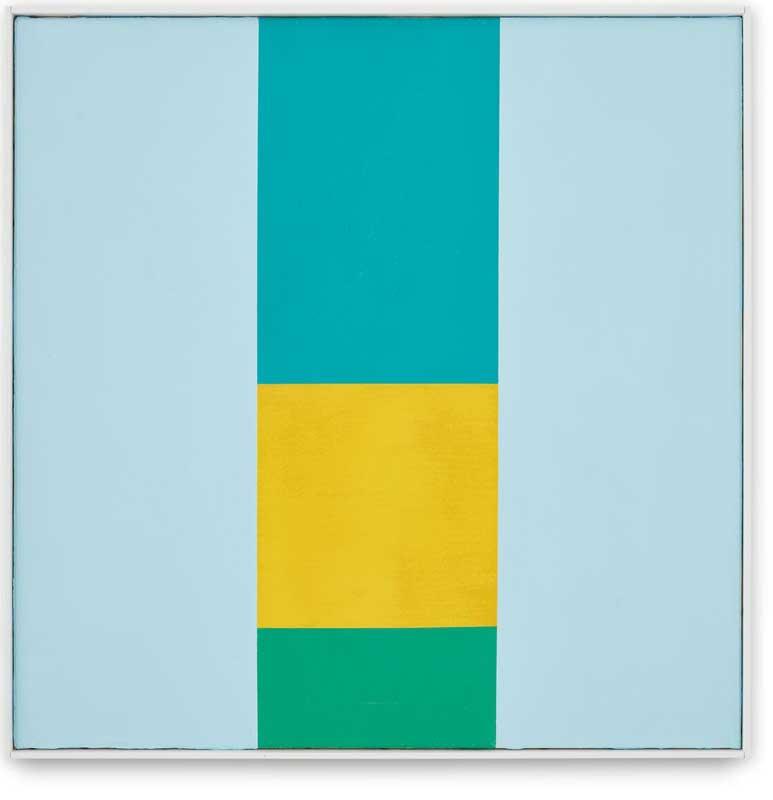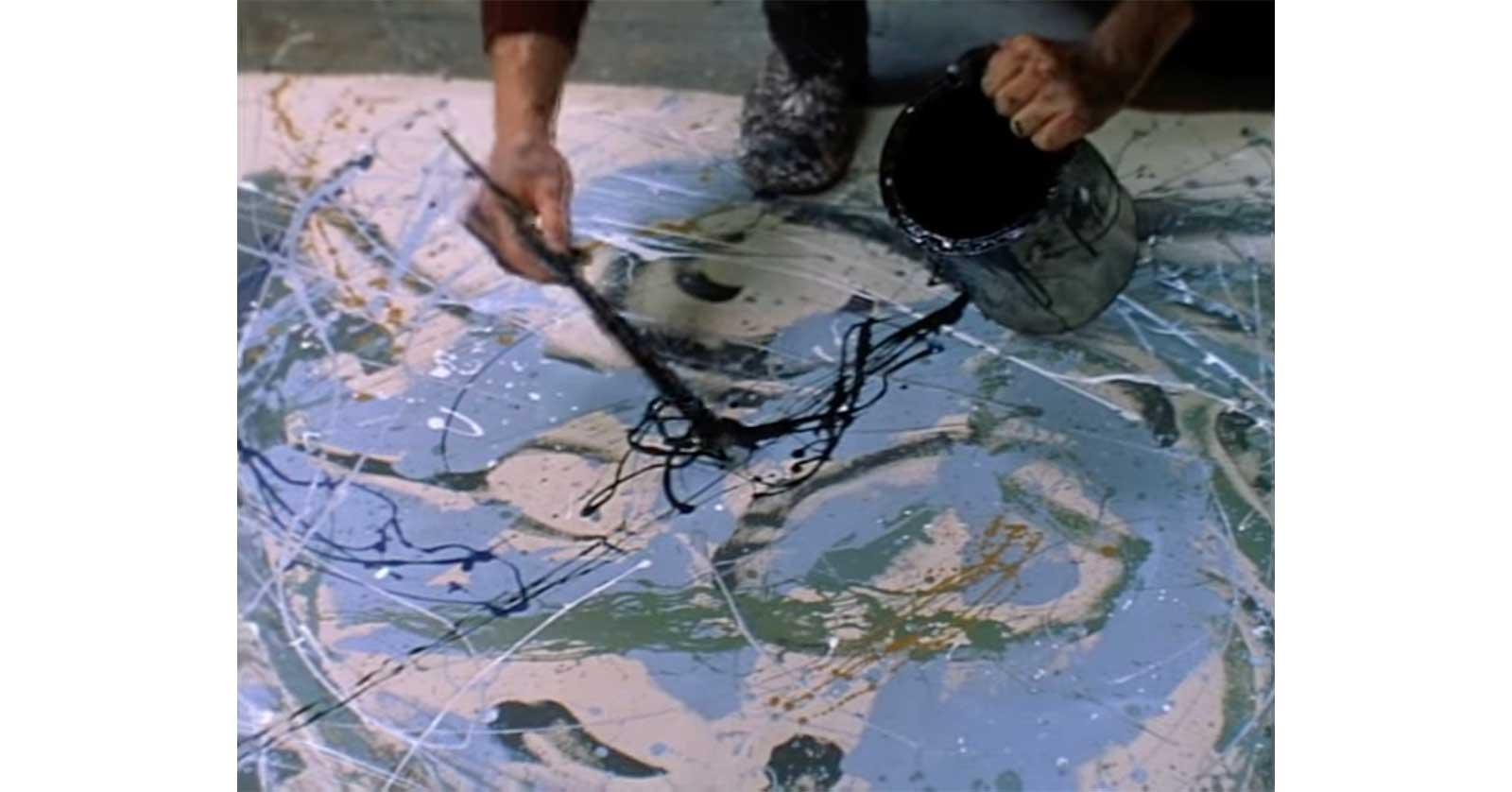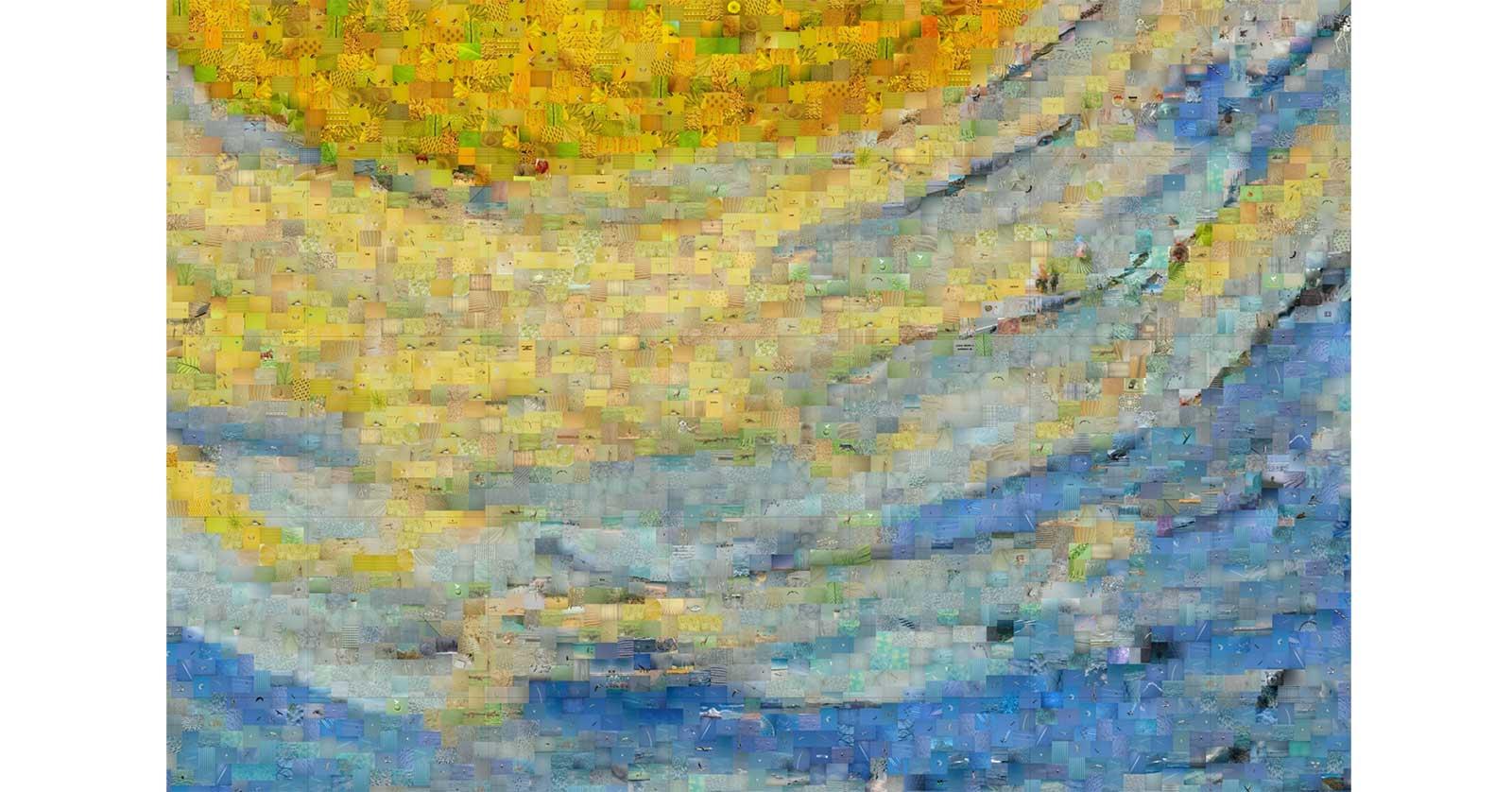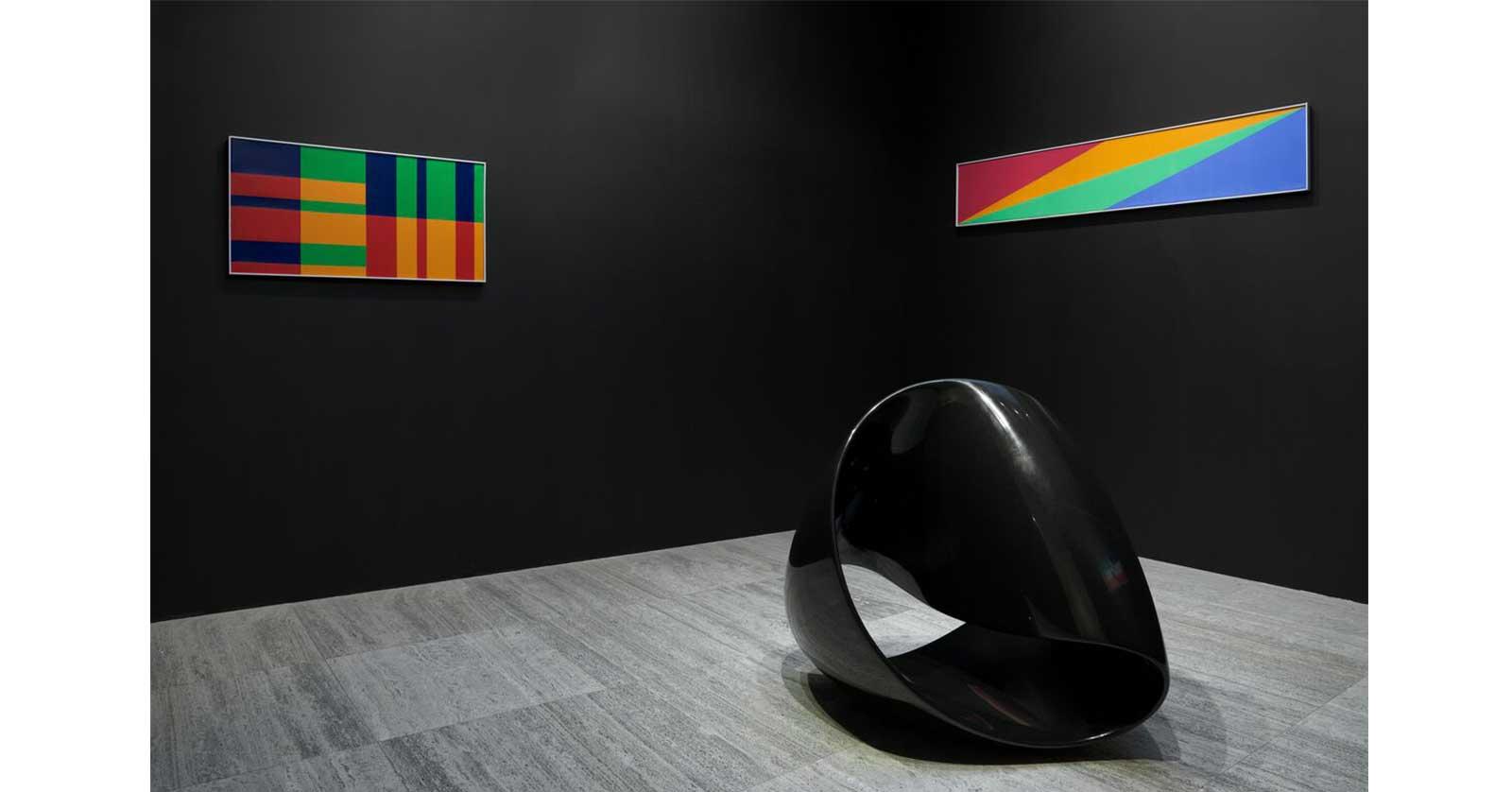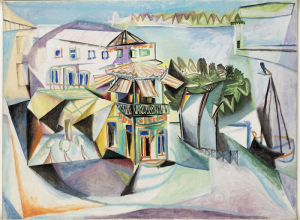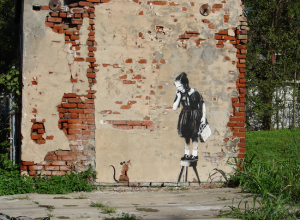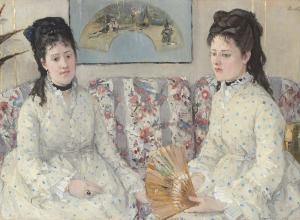Even Picasso, whose groundbreaking work seemed unprecedented in its time, knew that while originality in art is prized, art is not created in a vacuum. Every artist is influenced by those who came before them but, for some, that influence is more obvious or more profound than others. Many historians believe Shakespeare often stole plotlines and even whole scenes from other writers for his plays.
The thematic and technical similarities that characterize art movements are due in large measure to the deliberate imitation of seminal works of art. Modernism saw the appearance of manifestos, text documents that outlined not only the philosophy of its adherents but also stylistic boundaries that defined whole movements; Surrealism, Futurism, Constructivism, and Fluxus among others.
Art students are often under the thrall of their teachers, copying their work as a learning exercise or to curry favor, but the end goal is to move beyond your instructor and carve out some new, “original” territory for which you will be recognized and rewarded with grants, prizes, gallery representation, and rising prices at auction.





